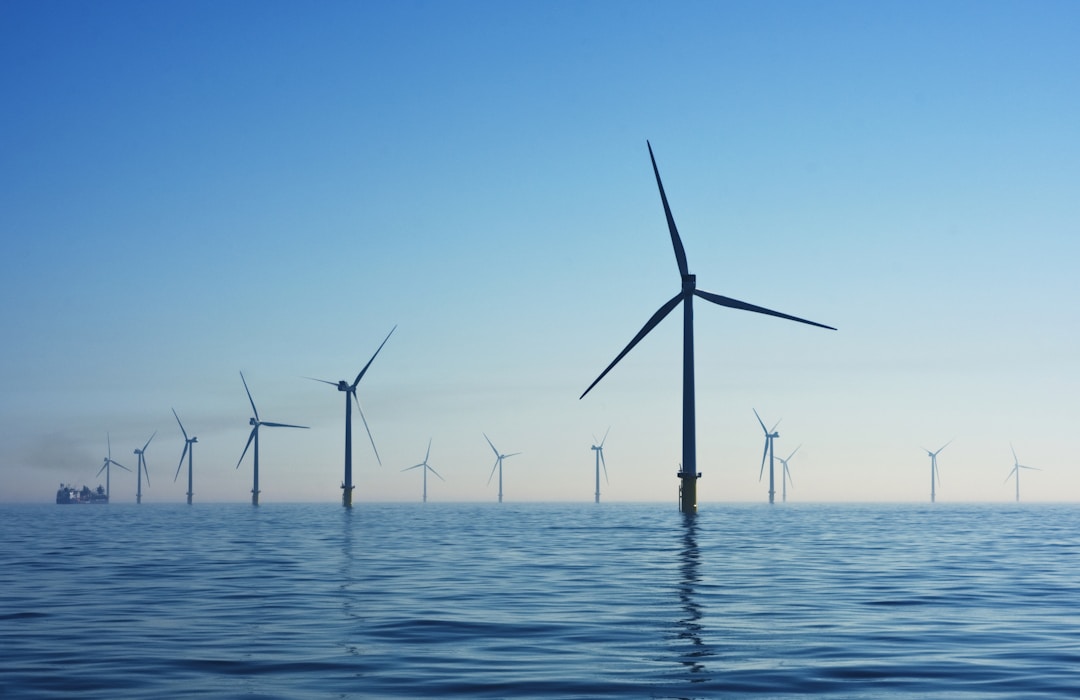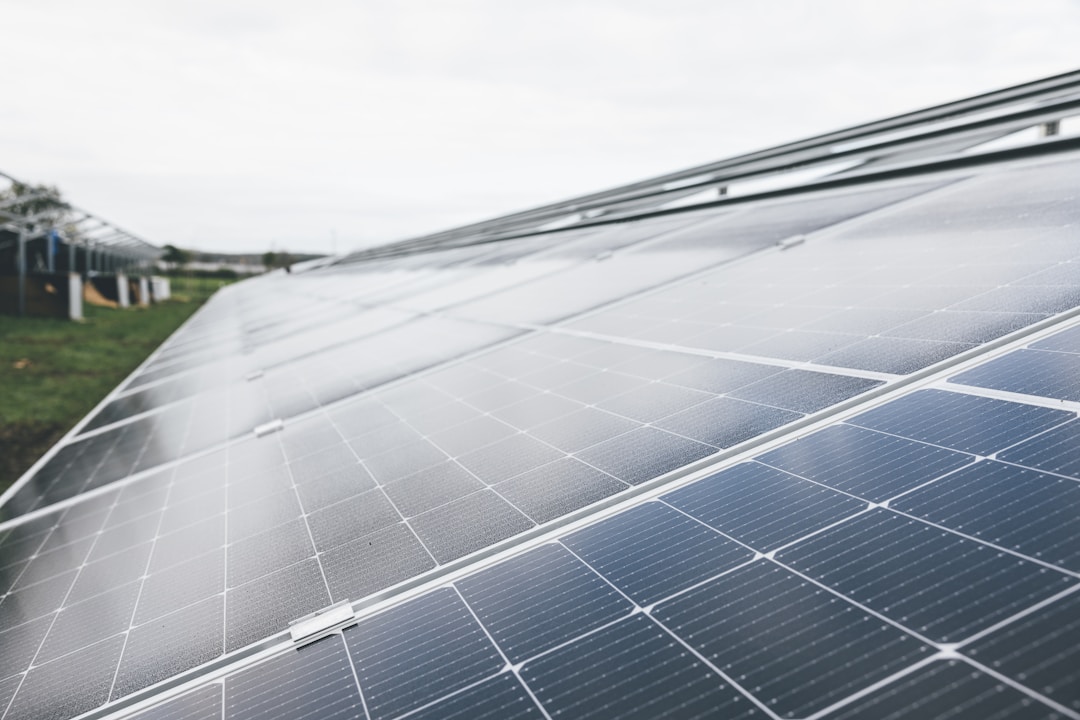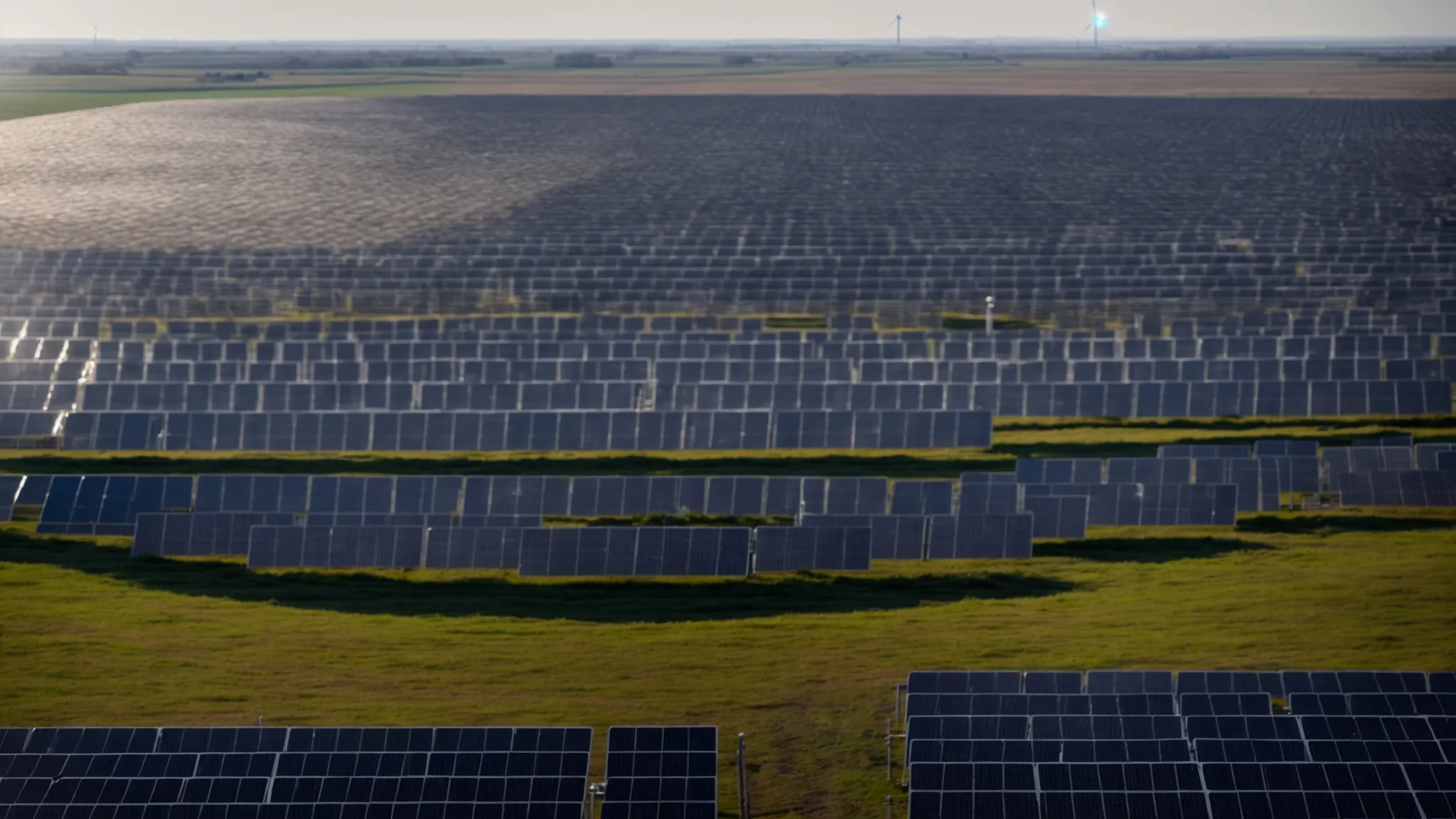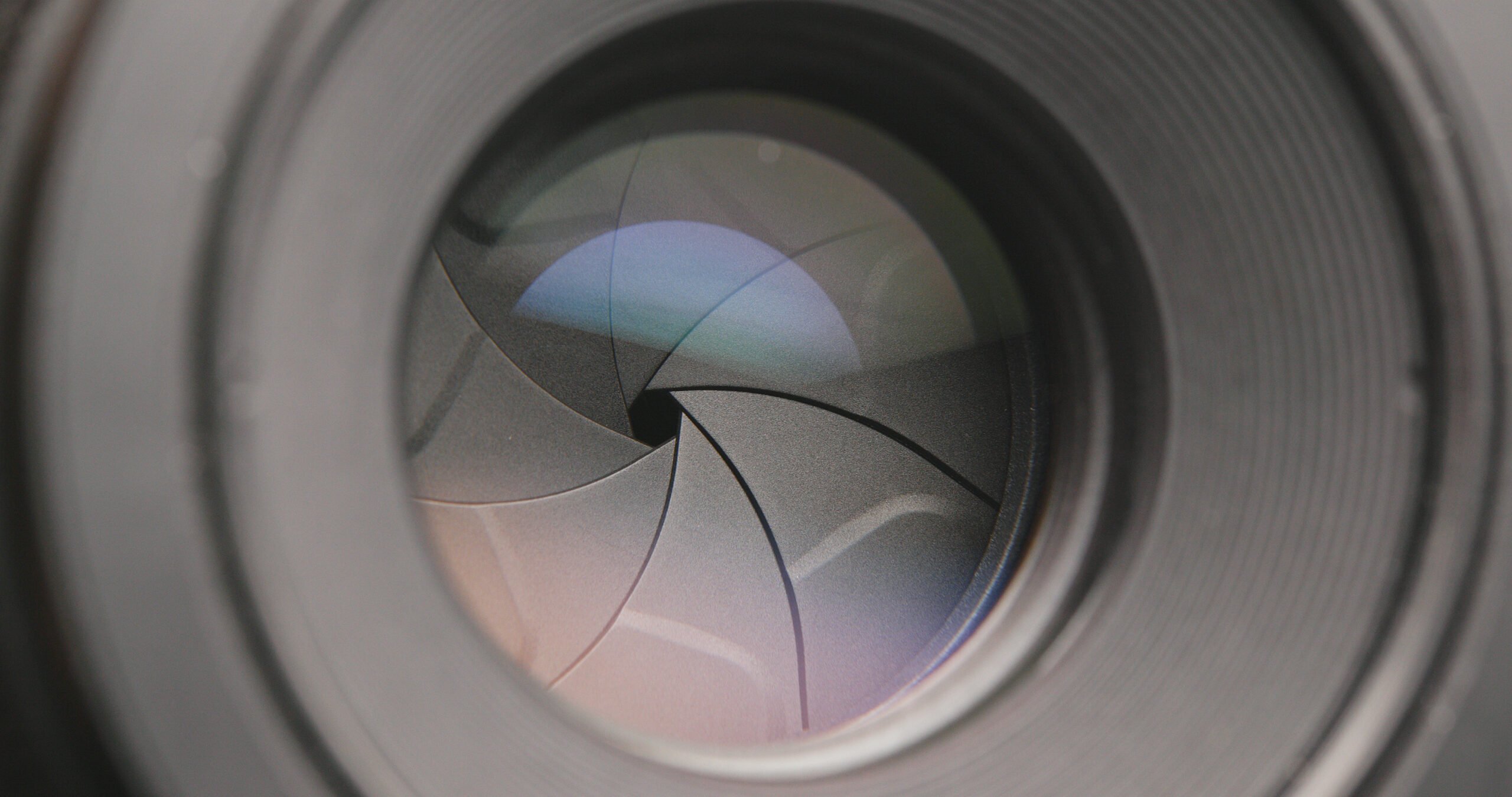Clean electricity is growing in popularity as a means to reduce our carbon footprint and minimize the risk of climate change. This type of electricity is generated from renewable energy sources, which are often abundant and have a minimal environmental impact. Keep reading to learn more about renewable electricity, its importance for the environment, and how it compares to conventional energy sources.
Understanding Clean Electricity

Clean electricity refers to the generation of electricity through renewable resources such as sunlight, wind, and water. These resources do not emit greenhouse gases, significantly reducing the environmental impact compared to traditional fossil fuels like coal, oil, and natural gas. The primary goal of clean energy is to meet the energy needs of society without causing pollution and depleting the earth’s limited resources.
Many countries have embraced the usage of renewable electricity, setting ambitious goals to transition their power grids to more sustainable means. Some examples include solar power, wind power, hydropower, and biomass power plants, which generate electricity without emitting harmful pollutants. The shift toward clean energy is essential as the global demand for energy continues to rise, pushing the need for more eco-friendly solutions that protect the environment and human health.
One of the main advantages of clean energy is that renewable energy sources never run out. Sunlight, wind, and water are constant sources of power that humans can harness to generate electricity without causing the irreplaceable depletion of fossil fuels. Additionally, by using clean electricity, we can reduce our dependency on geopolitically sensitive resources such as oil and natural gas, ultimately promoting energy security and independence.
Environmental Benefits of Clean Electricity
Choosing clean electricity has several environmental benefits, one of the most significant being the reduction of greenhouse gas emissions. Greenhouse gases, such as carbon dioxide, trap heat in the atmosphere, leading to global warming and climate change. By generating electricity through renewable sources, we can decrease these harmful emissions and protect our planet for future generations.
Using clean energy also helps conserve limited natural resources, such as coal, oil, and natural gas, which are finite and take millions of years to form. As the global population continues to grow, so does the demand for energy, making it crucial to find sustainable solutions that reduce our dependence on these resources.
Another environmental advantage of clean power is the reduction of air and water pollution. Burning fossil fuels releases toxins like sulfur dioxide, nitrogen oxides, and particulate matter into the atmosphere, affecting air quality and posing health risks to humans and wildlife. Additionally, the extraction and refining processes for conventional energy sources can lead to water contamination, which could cause harm to both humans and the ecosystem.
Integrating Clean Electricity into the Grid
The integration of clean power into existing power grids requires innovative technologies and strategies. Due to the intermittent nature of renewable energy sources, such as solar and wind, electricity production can fluctuate throughout the day. To accommodate this, energy storage solutions like batteries or pumped hydroelectric storage can store excess energy generated during high production periods for later use during periods of low production.
Smart grid technology is another essential component of integrating clean power into the power grid. Smart grids utilize advanced communication and automation technologies that enable real-time monitoring and control, improving the overall efficiency and effectiveness of electricity delivery. Furthermore, microgrids, which are small-scale versions of a centralized energy system, can combine solar, wind, and other renewable energy sources with energy storage to provide consistent, reliable electricity to local communities.
These advancements and strategies represent just a few examples of how clean power can be integrated into the grid. As technology continues to evolve, clean energy solutions will become even more accessible and effective, helping to meet increasing demands while protecting the environment.
Making the Switch to Clean Electricity

Transitioning to clean power is becoming more feasible for both individuals and businesses. Residential consumers can install solar panels on their rooftops, invest in home battery storage systems, or choose energy plans that utilize renewable sources. Many electricity providers offer clean energy plans or programs that allow customers to support renewable energy projects even if they cannot generate power themselves.
Businesses can also make the switch to clean power through various means, such as installing solar panels on commercial properties, participating in wind power purchase agreements, or choosing energy plans from providers that utilize renewable resources. In addition to the environmental benefits, going green can boost a company’s reputation, attract environmentally-conscious consumers, and potentially save money on energy costs in the long term.
Overall, the transition to clean electricity is not only a smart choice for the environment but also a viable option for individuals and businesses alike. By making the switch, we can help preserve our planet for future generations, reduce harmful emissions, and promote a sustainable energy future.



